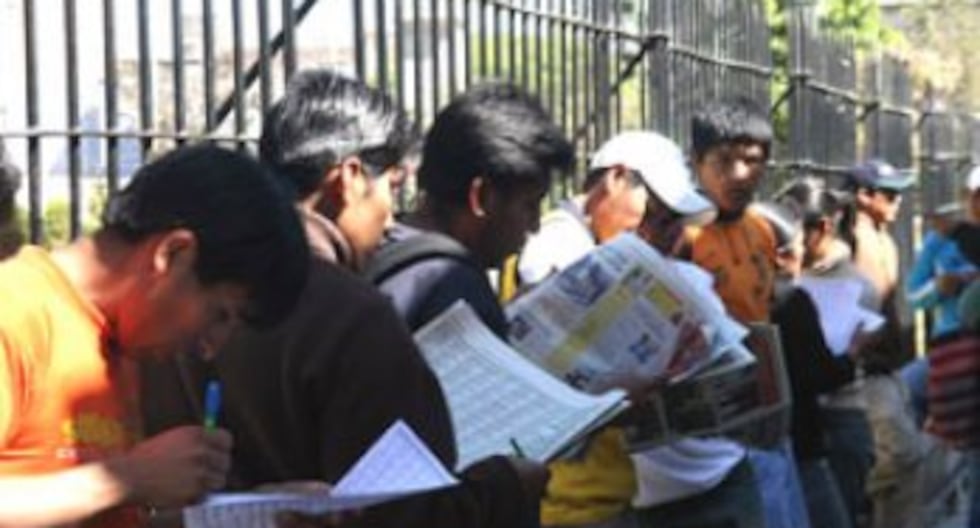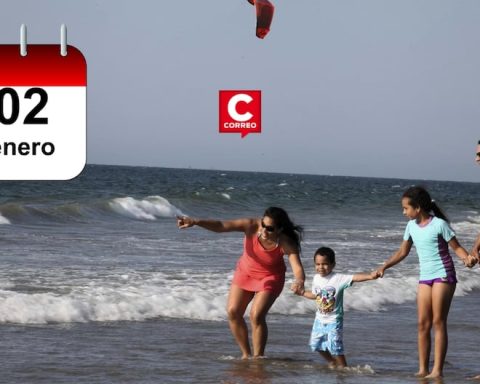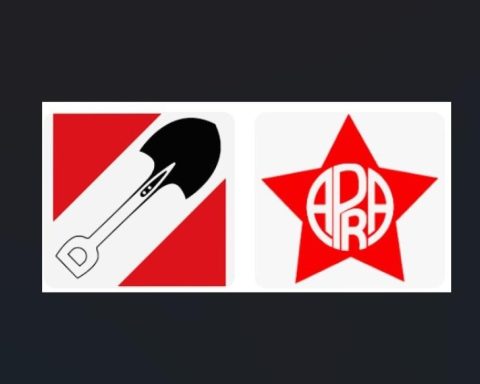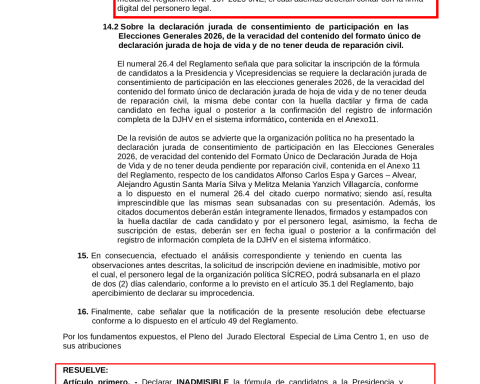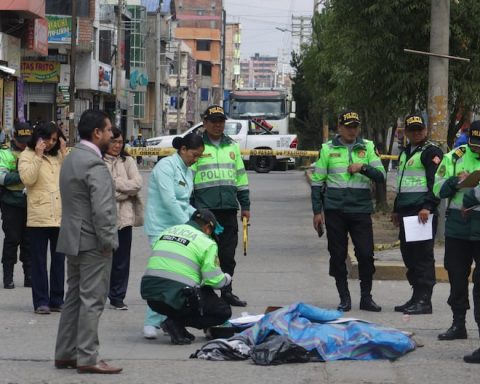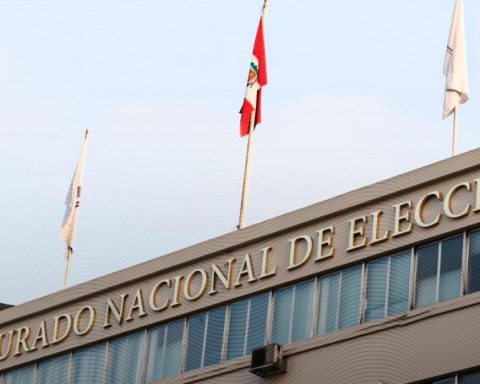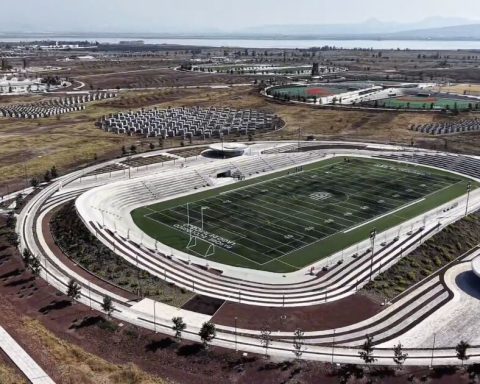In Peru there are one and a half million youths between 15 and 29 years old, the so-called ‘ninis’ who neither study nor work, revealed the Network of Studies for Development (Redes), with figures from the 2023 National Household Survey of the INEI.
This total represents 18% of people of the aforementioned age, a percentage higher than that recorded in 2019 (16.8%).
Redes economist Oswaldo Molina said that this situation means that young people cannot generate income or accumulate capital, which negatively impacts the social and economic development of the country.
Look: Government enacts changes to the teleworking law and this is what you should know
“The lack of job opportunities for the younger population limits the possibility of developing their activities. (…) Not all ‘ninis’ share similar circumstances. Some are actively seeking employment or educational opportunities, while others face personal or structural barriers that limit their labor participation or educational access,” she said.
For this reason, he pointed out that in order to generate formal and quality jobs, private investment must grow.
“It is key to offer flexible programs, such as distance education and/or technical training that adapt to the needs of each person. In addition, it is crucial to implement government policies that reduce school dropouts due to lack of economic resources; therefore, financial aid, scholarships and subsidies could improve the living conditions of young people with the lowest resources,” he noted.
Peru21 ePaper, enter here and try it for free.
